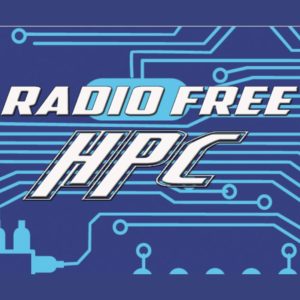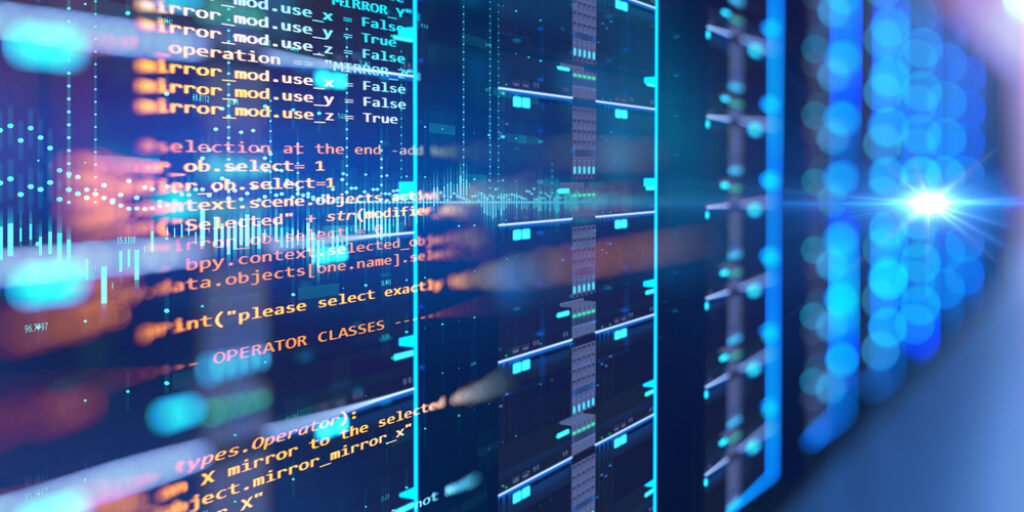 In this podcast, the Radio Free HPC team reviews the new TOP500 list of most powerful supercomputers.
In this podcast, the Radio Free HPC team reviews the new TOP500 list of most powerful supercomputers.
Not much changed in the TOP10 but a lot is changing further down the list. The overwhelming majority of the systems, 478 of them, are based on Intel CPUs. 13 are IBM, and there is 1 system based on Arm provided by Cavium, now part of Marvell.
Here is a quick take:
- There are 65 new entries in 2019.
- US science is receiving support via DOE sites and academic sites like TACC.
- 26 countries are represented. China continues to widen its lead, now with 219 entries, followed by the US with 116, Japan with 29, France with 19, the UK with 18, Germany with 14, Ireland and the Netherlands with 13 each, and Singapore with 10.
- Vendors substantially reflect the country standings. Lenovo has 175 entries, Inspur 71, and Sugon 63, all in China. Cray with 42 and HPE with 40 (which will combine when their deal closed), followed by Dell at 17 and IBM at 16. Bull has 21 entries.
- There are a lot of “accidental supercomputers” on the list. These are systems that probably are not be doing much science or AI work but they could, and the vendors counted them and it seems to be within the rules to list them. It’s controversial but not a new practice.
- There are several systems listed as “Internet” companies. Hard to tell what that means but it points to the existence of very large clusters in the cloud for whatever purpose. Last year, there was one system listed as Amazon EC2, which remains on the list. This time, there is also one at Facebook. Usually the big social/cloud players don’t care to participate, though they obviously could summon the resources to run the benchmarks.
- Just over half of systems use Ethernet as a fabric. A quarter us InfiniBand, nearly 50 use Intel’s OmniPath, and the rest, 55, use custom interconnects like the ones Cray provides. The team talks about Cray+HPE entering the interconnect business for real and if so, they will be formidable.
- The majority of entries, 367, do not have any accelerators. 125 use Nvidia GPUs.
- The overwhelming majority of the systems, 478 of them, are based on Intel CPUs. 13 are IBM, and there is 1 system based on Arm provided by Cavium, now part of Marvell.
- So the when it comes to chips, it’s an Intel game with a respectable showing by Nvidia when GPUs are used. Alternatives are bound to appear as the tens and tens of AI chips in the works become available and Arm, AMD, and IBM build on. The recently announced Frontier system at Oakridge will be all AMD, and that will point to an alternative as well.
The New CryptoSuper500 list is out
Shahin mentions the 2nd edition of the CryptoSuper500 list (really 50 for now), a list developed by his colleague Dr. Stephen Perrenod, which was launched last November, and is being released at the same time as the TOP500. The TOP500 has spawned variations that look at different workloads and attributes, for example, the Green500, Graph500, and IO500 lists. CryptoSuper500 was inspired by those lists. The material for the inaugural edition of the CryptoSuper500 list here.
Cryptocurrency mining operations are often pooled and are very much supercomputing class, typically using accelerator technologies such as custom ASICs, FPGAs, or GPUs. Bitcoin is the most notable of such currencies. Scroll down for the top-10 list and see the slides for the full list and the methodology.
- Henry talks about check-out lanes at Target all being down for unknown reasons, though he hesitates to call that a cybersecurity breach. It turned out he’s right and the company blamed an “internal technology issue”. Target’s payment systems appeared to be missing the mark the day before Father’s Day, as terminals went AWOL for a couple of hours in a number of the company’s US retail outlets. The outage caused long lines but prompted an encouraging show of sympathy for Target employees from people on Twitter. And there were some jokes too, of course.
- Shahin notes that Facebook is expected to release a new cryptocurrency that is already impacting the crypto market. Facebook is likely to release information about its secretive cryptocurrency project, codenamed Libra, as soon as June 18, TechCrunch reports. As is traditional with new cryptocurrencies, the social networking giant is expected to release a so-called “white paper” outlining how the currency works and the company’s plans for it.
- Dan reminds us all of the inimitable Erich Anton Paul von Däniken and his ancient astronauts hypotheses!





The annual top 8 cryptocurrency production is of order $9 billion. Much more than the 1/2 billion Shahin mentioned.
Around 16:50, it was stated that CUDA is not available for ARM, but I was just reading this:
https://nvidianews.nvidia.com/news/nvidia-brings-cuda-to-arm-enabling-new-path-to-exascale-supercomputing
Yes, NVIDIA announced CUDA support for Arm shortly after the podcast came out. This is great news for HPC.